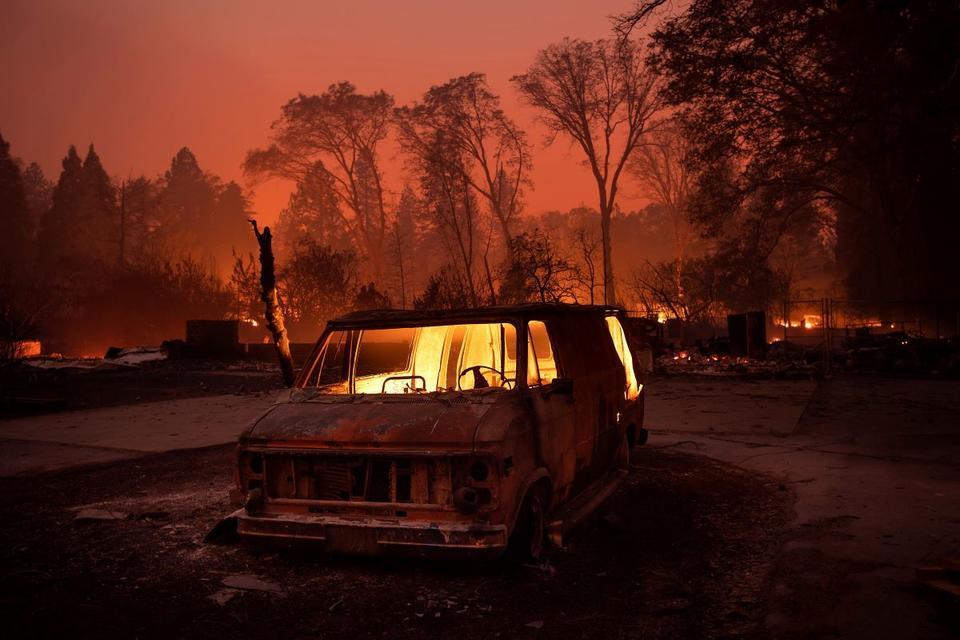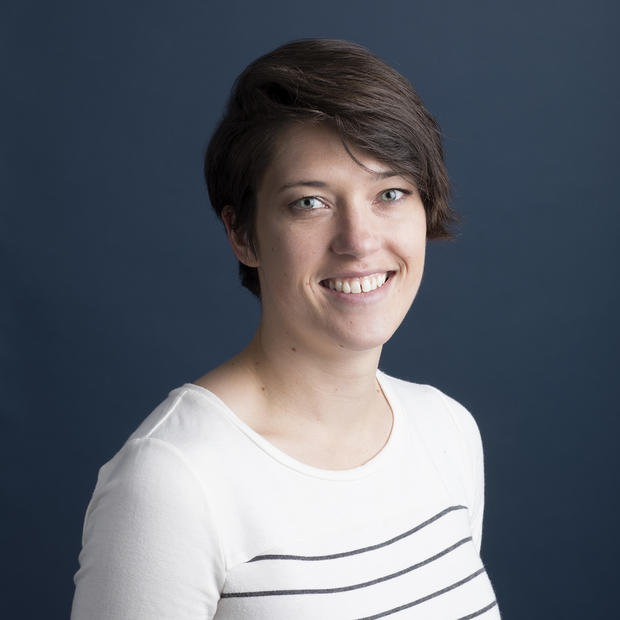Last year, Crosscut published a series of articles about wildfires and how they shape the Pacific Northwest. We delved into the history and shared perspectives and experiences from people on the front lines. Today, their stories and knowledge is more relevant than ever. We've recapped many of the articles below, or you can explore the entire series for yourself.
In the fight against Washington wildfires, drones are now as vital as chainsaws
Wildland firefighting has become an increasingly high-tech endeavor. Maps drawn from satellite imagery are coupled with microscale weather forecasts and sent to firefighters on the fire lines. Unmanned aircraft watch and, increasingly, fight the fires. All those efforts depend on support workers just behind the fire lines.
Here's more about the tech used to fight fires — and the people behind it.
Fighting fire with fire to save Washington's forests
Not all fires are created equal. Controlled burns conducted by firefighters each year, starting about mid-August, help manage wildfire risk and promote healthier forests. There’s even a hashtag, #goodfires, that national forests are using to help the public realize fire’s benefit. When wildfire threatens towns and people, prescribed burns can make all the difference. Read the full story.
The secret history of smokejumpers in Washington's Methow Valley
Now a staple of combating wildfires across the West, one of the most elite firefighting programs was developed by barnstormers and foresters in Washington state. Watch the video above, then see the full story.
'It just builds up': Washington firefighters struggle with PTSD long after the fires go out
As wildfires become more common, Washington firefighters are creating support networks for their communities to deal with the mental trauma. Learn more about solutions to this emerging issue.
Climate change got you down? There's a word for what you're feeling
"I lived through Hurricane Katrina and mourn what was lost. Now, in a land vulnerable to wildfires, I fear for my new home in the Pacific Northwest. When I discovered the term for environmental anguish, in a National Geographic write-up, it felt like a diagnosis. I read the definition over and over again." Learn from Caroline Gerdes about coping with the trauma of climate change.
How Washington's 'summer of fire' nearly destroyed Seattle, Spokane and Ellensburg
In 1889, as the Territory of Washington was poised to become a state, a triple tragedy occurred. Seattle, Ellensburg and Spokane — all booming communities — burned to the ground in quick sequence, changing lives and the course of history. Learn more from Mossback.




